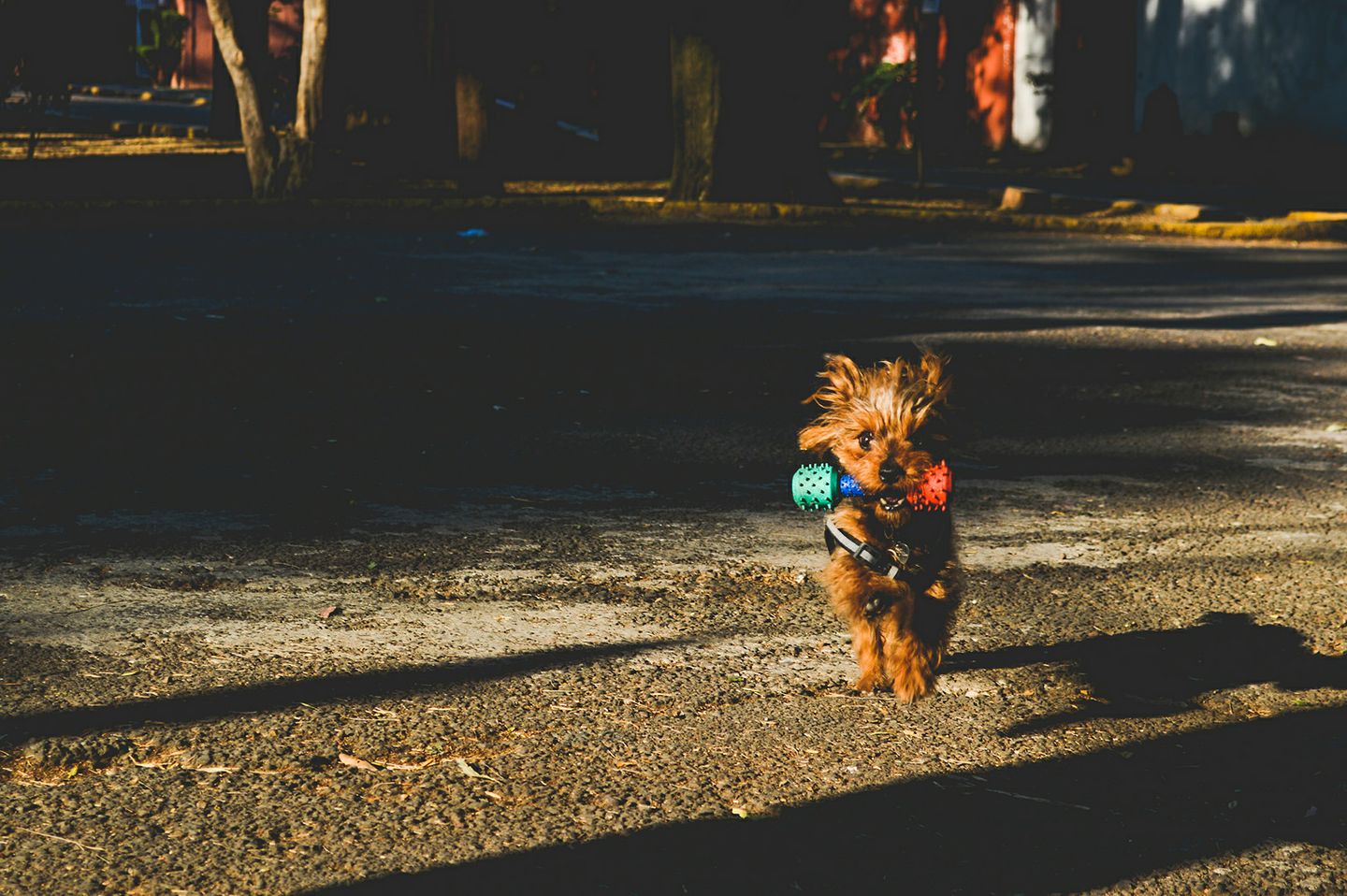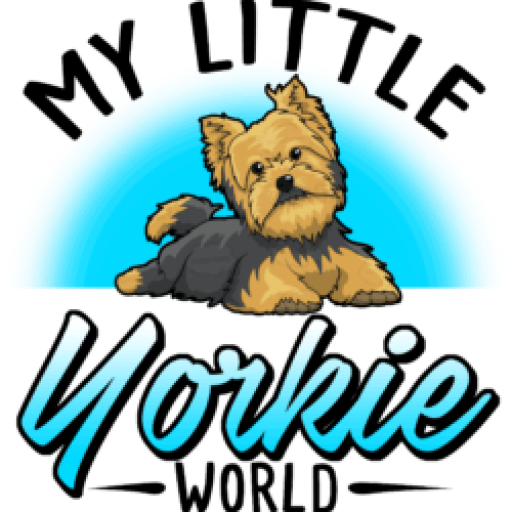
In general Yorkshire Terriers are very intelligent dogs. Their working history gives them the means to learn very quickly. However, while breed characteristics might apply to the majority not every dog will be the same. Each pup has its own personality and some Yorkies will learn faster or slower than others. You need to be patient while working with your pup and always use positive reinforcement training. This style of training means you reward good behavior with a treat or verbal praise and correct bad and unwanted behavior by ignoring it or giving a quick verbal cue (like saying “wrong”) and then redirecting the dog to doing the right thing.
Begin training as soon as possible. Both puppies and adult dogs can learn new house rules and good manners. Enrolling in classes will offer the opportunity for owners of all training levels to learn new and better ways of communicating with your dog. Check out different classes to see what trainers in your area you feel the most comfortable with and think you can learn the most from. The minimum age a dog can begin taking classes will be after they have finished their first series of vaccinations. After that, the age you enroll and how long you stay in training will vary depending on what your intentions are. Those looking to compete in the show ring will likely spend years in classes; owners wanting simply a nice home life with their companion might only want to take a 6 week course and then call it good.
Consistency is key! If you allow your dog on the furniture once but otherwise don’t want them up on your couch or chair, don’t allow them up at all. This will only confuse your pup and cause you unnecessary frustration during the training process. Make sure everyone in the house is teaching the same rules, too.
Consider crate training for when you’re not able to watch your dog. Crates are safe spaces – like having their own room – for all dogs. A crate simulates having their own den and as long as you create an enjoyable space and experience for your dog while in it (it’s not punishment!) then your dog will contentedly sleep the day away while you’re off at work or running errands.
|
Want To Own A Introducing the The Everything Yorkshire Terrier Book: A Complete Guide to Raising, Training, And Caring for Your Yorkie |

